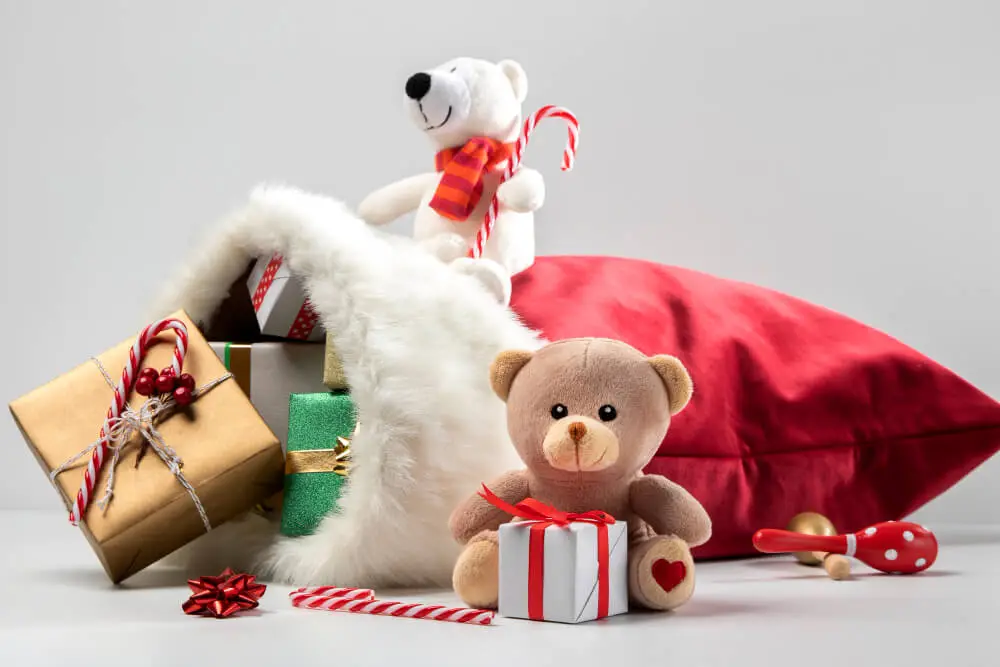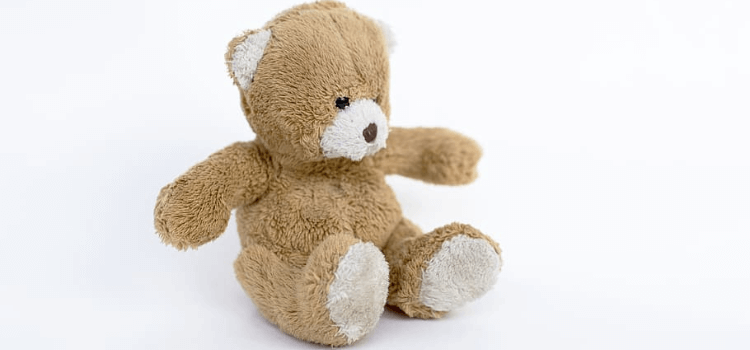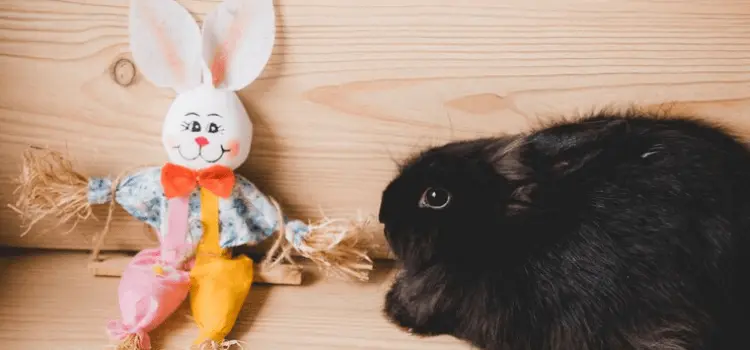Introduction
Welcome to the world of plushie-making! If you’ve ever wondered how to make a plushie, you’re in the right place. In this guide, we’ll walk you through the process, covering everything from gathering materials to adding final details.
What is a Plushie?
A plushie, also known as a stuffed animal or cuddly toy, is a toy sewn from cloth, filled with soft material, and often designed to resemble animals, cartoon characters, or inanimate objects. They can be small enough to fit in your hand or large enough to serve as a comfy pillow.
Why Make Your Own Plushie?
Making your own plushie is a delightful experience that offers numerous benefits. It allows you to tap into your creativity, make a one-of-a-kind toy, and perhaps even save money. It’s also a fantastic way to spend time with children, teaching them valuable skills such as patience, precision, and the joy of seeing a project through to completion.
Materials Needed for a Plushie
Here’s a list of basic supplies you’ll need for making your plushie:
- Fabric: Choose a soft, durable material like fleece or felt.
- Filling: Polyester fiber fill is a common choice, but there are several options.
- Sewing machine: While not necessary, a sewing machine can make the process faster and easier.
- Sewing needle and thread: If you’re hand-sewing, choose a strong, durable thread.
- Scissors: You’ll need a good pair of scissors for cutting fabric and thread.
- Pattern: You can create your own or find one online.
Choosing the Right Fabric
Selecting the perfect fabric is a crucial step in learning how to make a plushie. Soft, durable fabrics like fleece, flannel, or plush are excellent choices. Ensure the fabric is easy to clean, especially if the plushie will be used by children.
Creating a Plushie Pattern
Creating a pattern might sound intimidating, but it doesn’t have to be. You can draw your own pattern or print one from the internet. The pattern will serve as your roadmap, so ensure it’s accurate before you start cutting the fabric.
Cutting the Fabric
When cutting the fabric, make sure to follow the pattern lines closely. It’s also a good idea to leave some extra space for the seams. Remember, it’s better to cut a piece slightly larger than needed; you can always trim it later.
Sewing the Pieces Together
Once your pieces are cut, it’s time to sew them together. Whether you’re hand-sewing or using a machine, start from the outside and work your way in, leaving an opening for the filling.
Filling the Plushie
Stuffing your plushie is an exciting step. It’s important to use the right amount of filling – too little and your plushie will be floppy, too much and it could burst at the seams. Remember to stuff the plushie evenly for the best results.
Closing the Plushie
After stuffing your plushie, you’ll need to close the opening. Use a hidden stitch to keep the seam invisible. Be sure to secure the thread properly to prevent the plushie from coming apart.
Adding the Final Touches
Now it’s time for the fun part: adding the final touches. This could include sewing on buttons for eyes, embroidering a mouth, or adding any other decorations you like. The possibilities are endless!
Tips for Making Plushies
As you gain experience, you’ll develop your own tips and tricks. However, here are a few to get you started:
- Always prewash your fabric to prevent future shrinkage.
- Be patient and take your time; rushing can lead to mistakes.
- Practice makes perfect. Don’t get discouraged if your first few attempts don’t turn out exactly as you’d hoped.
Common Mistakes When Making a Plushie
Even experienced plushie makers make mistakes. Some common ones include:
- Using the wrong type of thread or needle.
- Not securing the seams properly.
- Forgetting to leave an opening for stuffing.
- Overstuffing or understuffing the plushie.
How to Make a Plushie for Beginners
If you’re new to making plushies, start with a simple design. Choose a basic shape like a star or heart, and use a single type of fabric and filling. As your skills improve, you can move on to more complex projects.
How to Make a Plushie Without Sewing
If sewing isn’t your thing, don’t worry! You can still make a plushie. Try a no-sew method using fabric glue or adhesive strips. While these plushies may not be as durable, they’re still fun to make.
How to Make an Advanced Plushie
If you’re up for a challenge, consider making a more advanced plushie. Choose a complex pattern, use multiple types of fabric, or add intricate details. The result will be a truly unique and impressive creation.
Cleaning and Caring for Your Plushie
Proper care will keep your plushie looking its best. Most plushies can be gently hand-washed with mild soap and air-dried. Always check the care instructions for your specific fabrics before washing.
Storing Your Plushie
If you’re not using your plushie, store it in a cool, dry place away from sunlight to prevent fading. You can also use a dust cover for extra protection.
DIY Plushie Project Ideas
Once you’ve mastered the basics, it’s time to let your creativity run wild. Consider making plushies of your favorite animals, characters, or objects. You could even design your own unique creature!
Benefits of Making Plushies With Kids
Making plushies is a fantastic activity to share with children. It encourages creativity, improves fine motor skills, and can even help teach basic math concepts. Plus, it’s a fun way to spend quality time together.
Where to Buy Plushie-Making Supplies
You can find plushie-making supplies at local craft stores, fabric shops, or online. Always ensure to buy quality materials for the best results.
Conclusion
Learning how to make a plushie can be a rewarding and enjoyable process. With patience, creativity, and the right materials, you’ll be on your way to creating unique and cuddly friends. So, what are you waiting for? Get crafting!
FAQs:
Is it hard to make a plushie?
Making a plushie can seem challenging at first, but with practice, anyone can do it. Start with a simple design and gradually tackle more complex projects as your skills improve.
What kind of fabric is best for plushies?
Soft, durable fabrics like fleece, plush, or flannel are typically the best choices for making plushies. The fabric should be easy to clean, especially if the plushie will be used by children.
Can I make a plushie without sewing?
Yes, you can make a no-sew plushie using materials like fabric glue or adhesive strips. However, keep in mind that these plushies may not be as durable as sewn ones.
How do I wash my plushie?
Most plushies can be gently hand-washed with mild soap and air-dried. Always check the care instructions for your specific fabrics before washing.
Where can I buy supplies for making plushies?
You can find plushie-making supplies at local craft stores, fabric shops, or online. Always choose quality materials for the best results.
What can I make a plushie of?
The possibilities are endless! You can make a plushie of your favorite animal, character, or object, or create your own unique design.:







